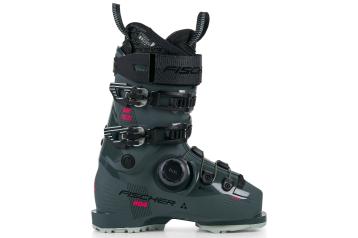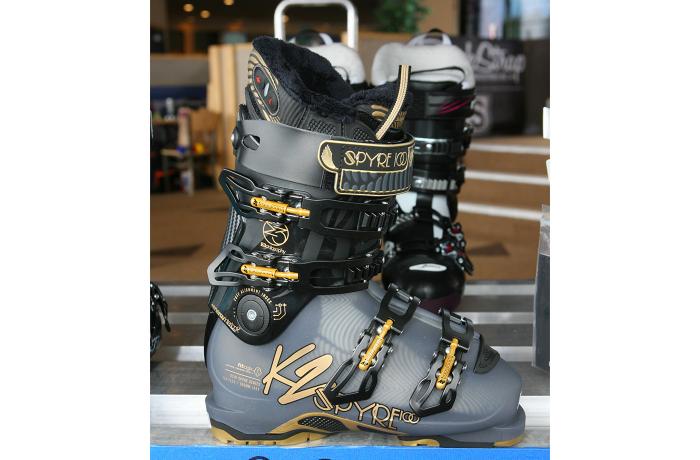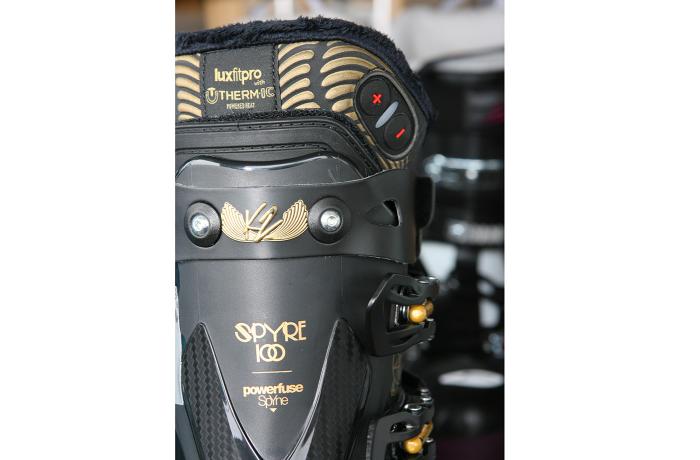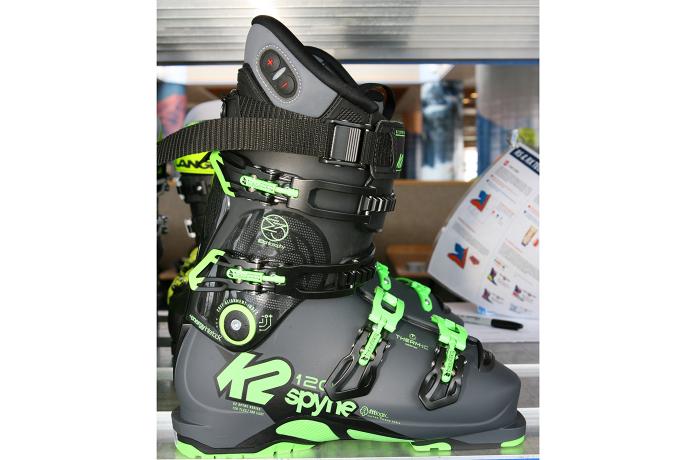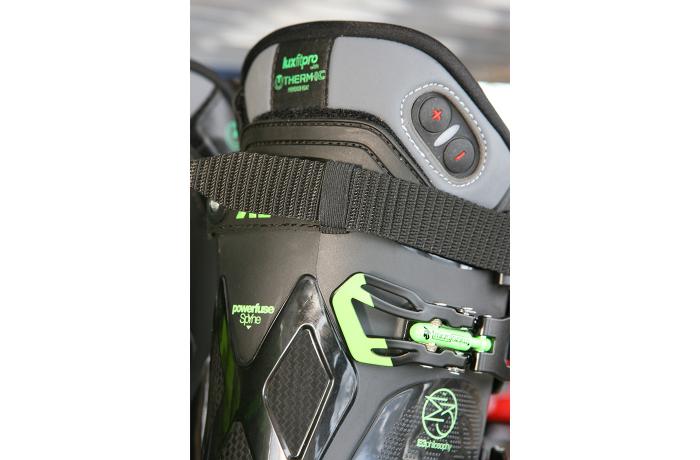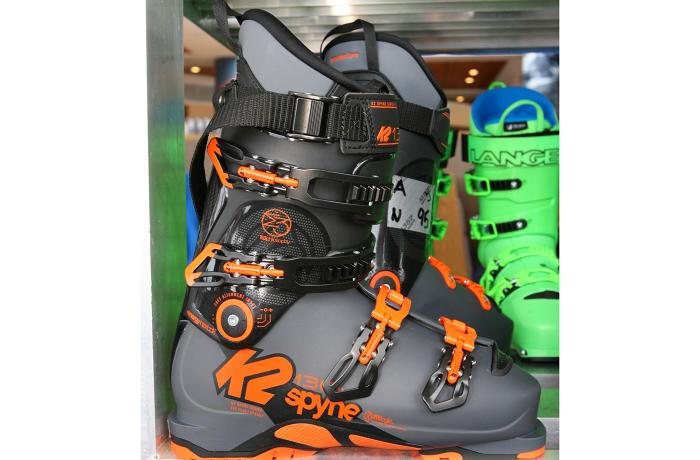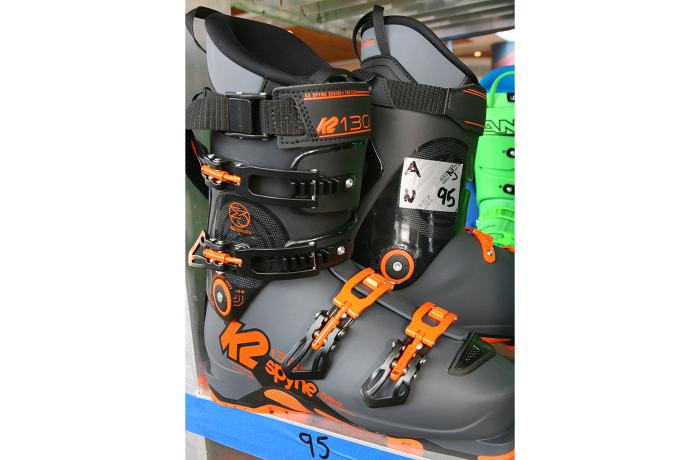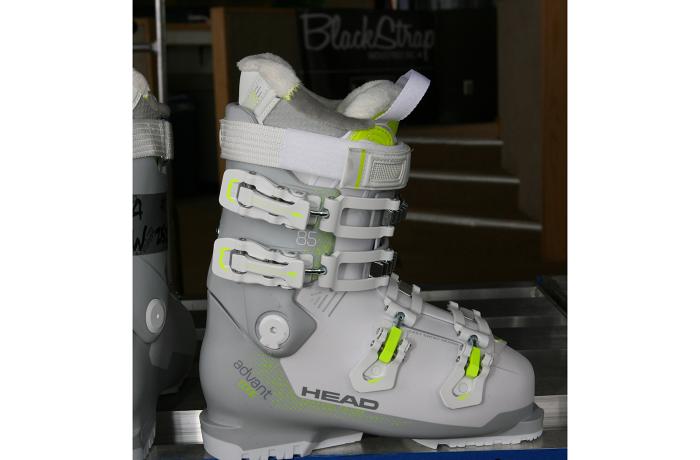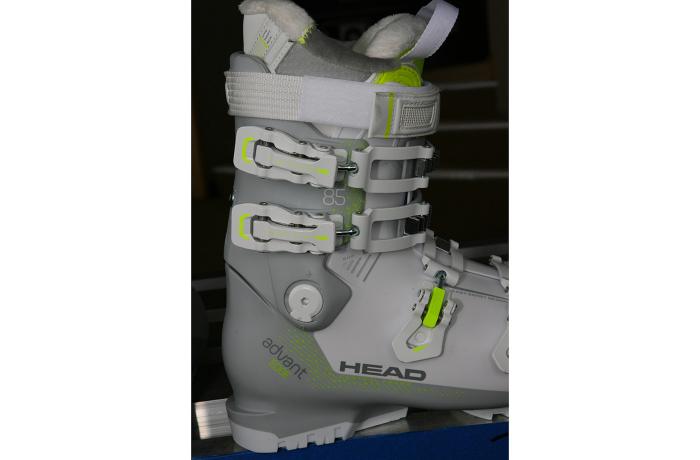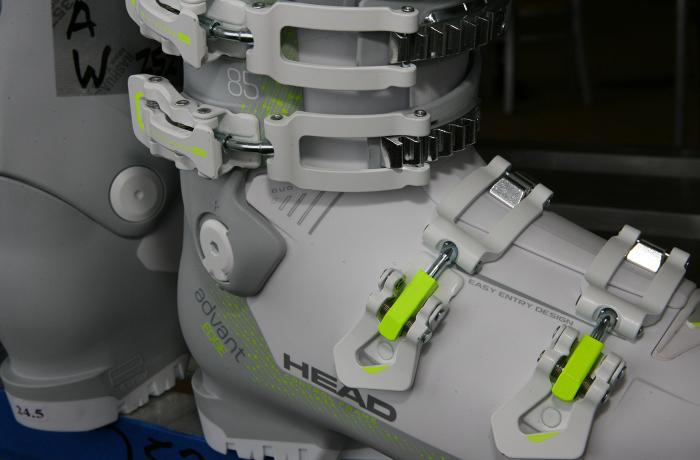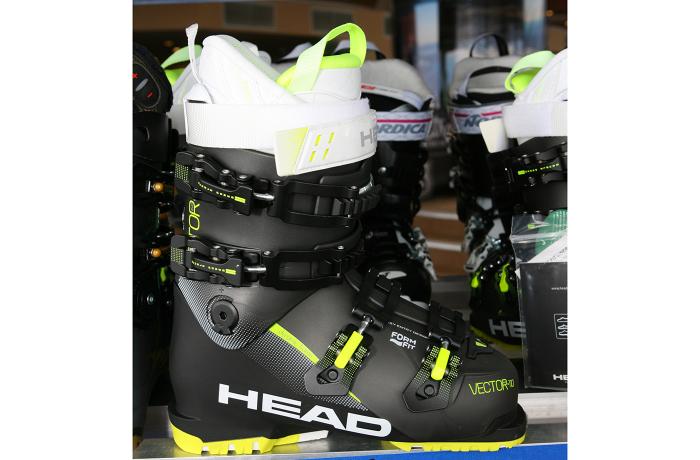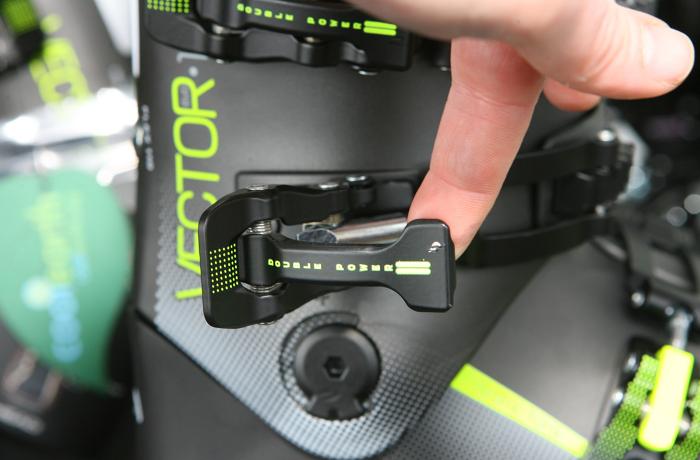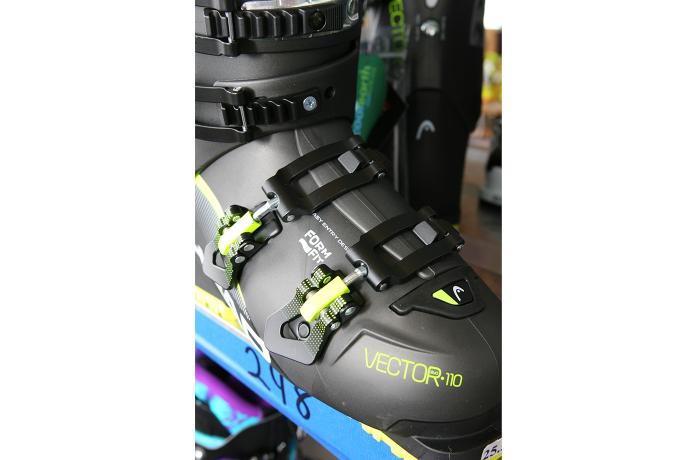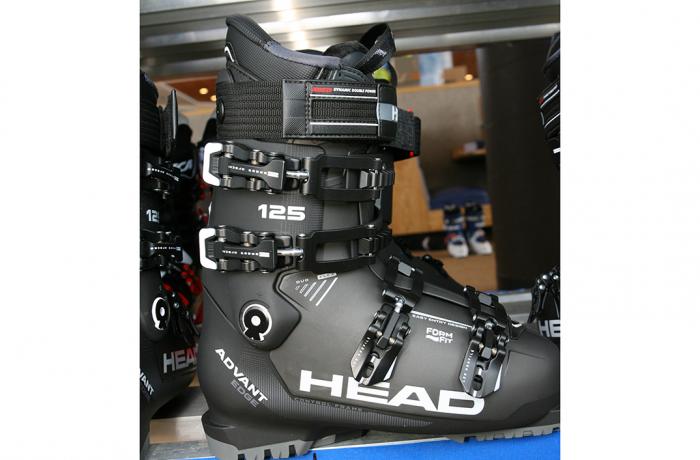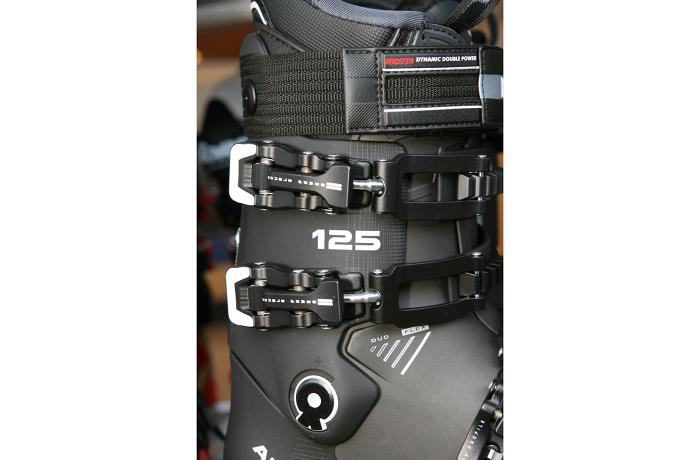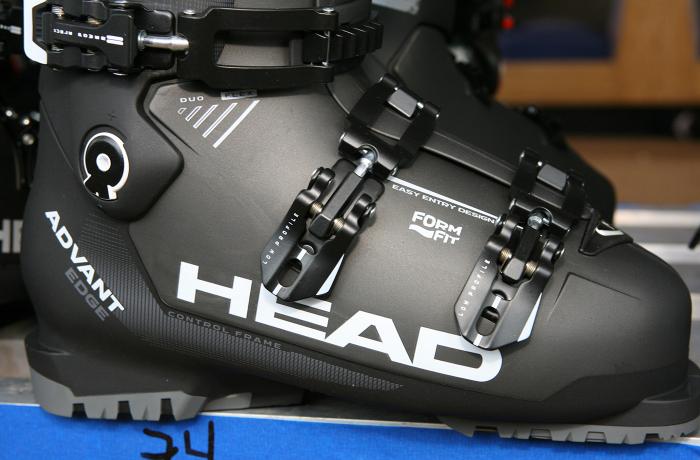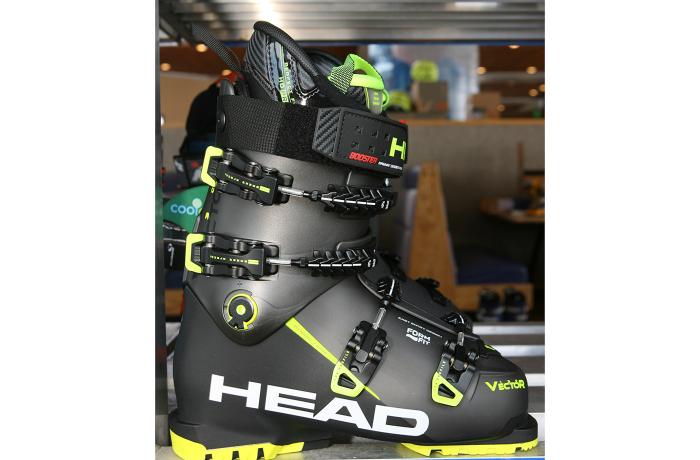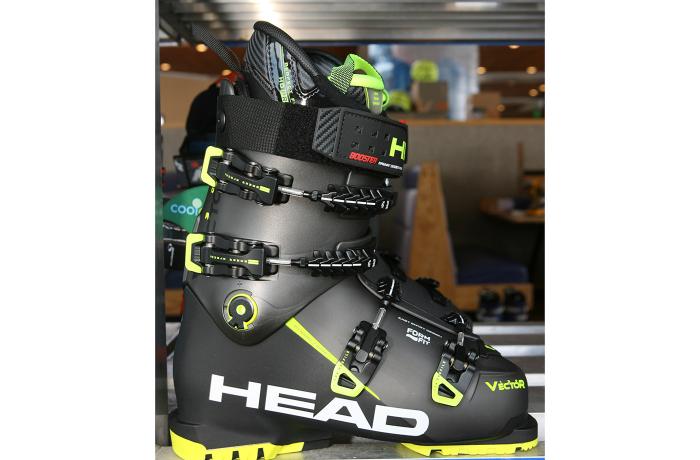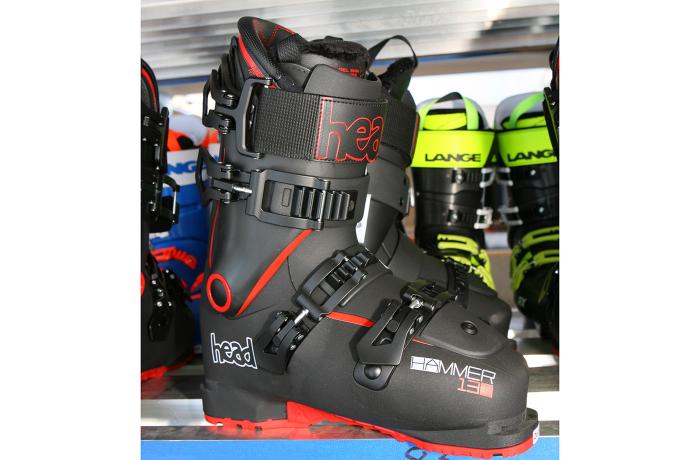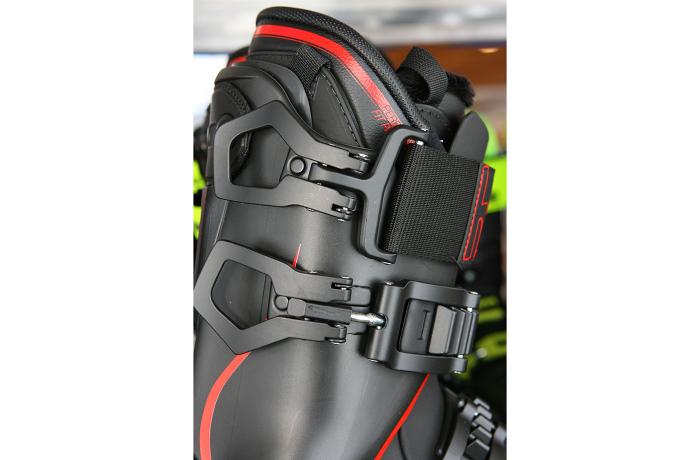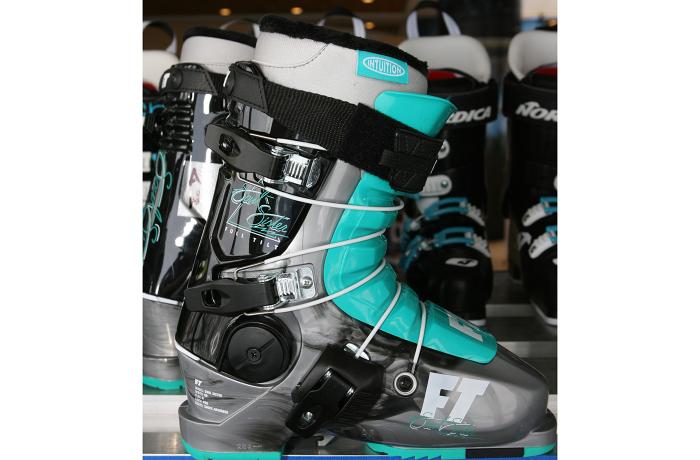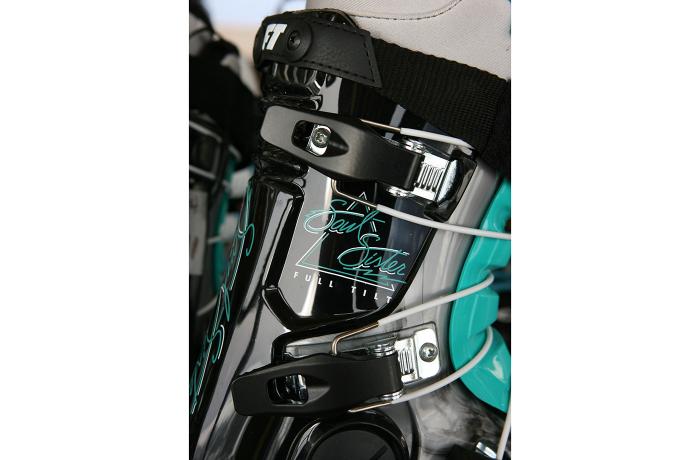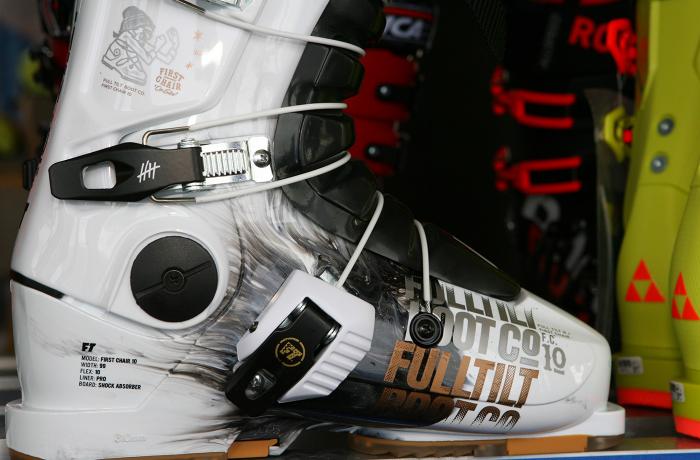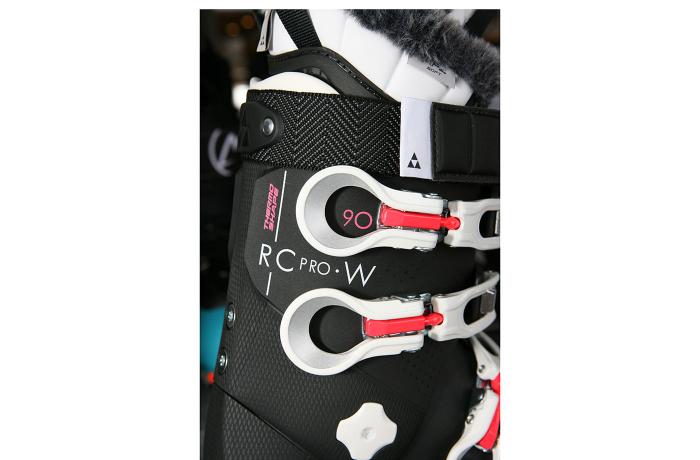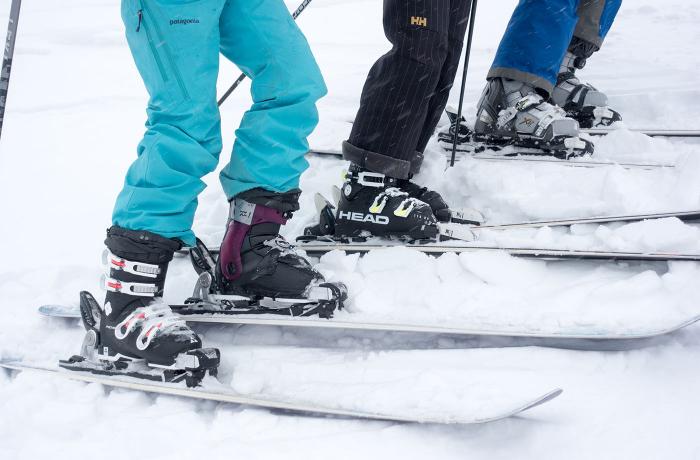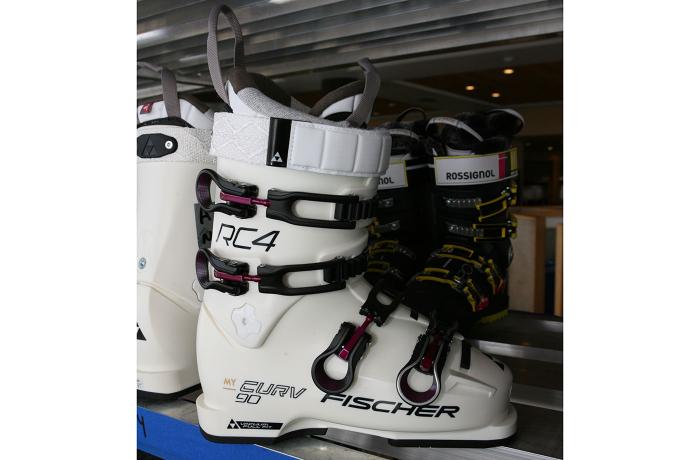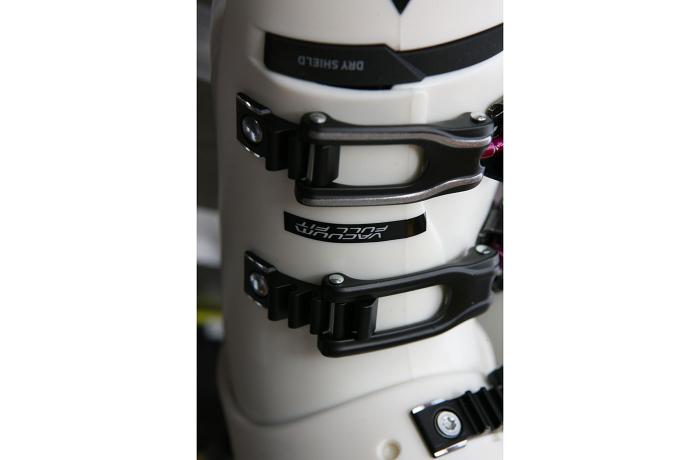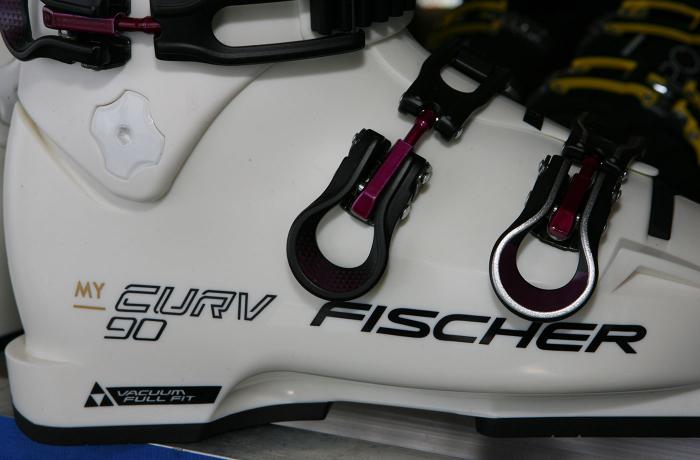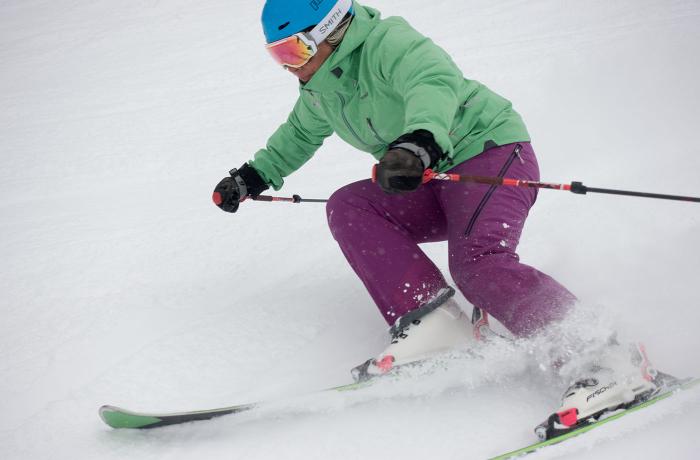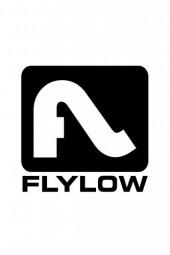The Gist
Testers who are familiar of the K2 medium-widths of the past said that the 2018 Spyre 100 Heat had the best initial fit they've ever experienced. New this year throughout the K2 boot line are revised liners with a more open toebox, a tighter heel and ankle and a pre-pressed navicular area. All these elements received a thumbs-up from our test team on this one.
The Fit
Our team felt the Spyre 100 Heat nailed the medium-width fit target, dead on, with the mention that this runs a bit roomy in the toebox, forefoot and instep. This is good news for those with high arches! With the Power Wedge rear spoiler installed some testers felt the stance a bit forward and jabby on the calf—with it removed it was slightly upright and more open in fit. Custom tests showed positive comfort changes when the Intuition liner was fully heat molded.
Performance
Tried-and-true, steady-eddie, workhorse—pick your descriptor for reliable and capable and insert it here. Testers found the regular roll onto an edge supremely bankable, maybe to a fault as a few mentioned it perhaps lacked a little spark and energy in transitions. They liked the solid 100 flex for its fore-aft support and comfortable contact with the shin while skiing.
Cool Features
Testers were stoked on the new heated Thermic liner—simple to operate buttons and they said it warmed up quickly. The Heat model is a $150 premium at full-pop retail, but our testers thought it well worth it. The dual cuff adjustment mechanism offers maximum stance alignment modification, and GripWalk outsoles (rockered, for use with GripWalk bindings) are available as an optional purchase.
